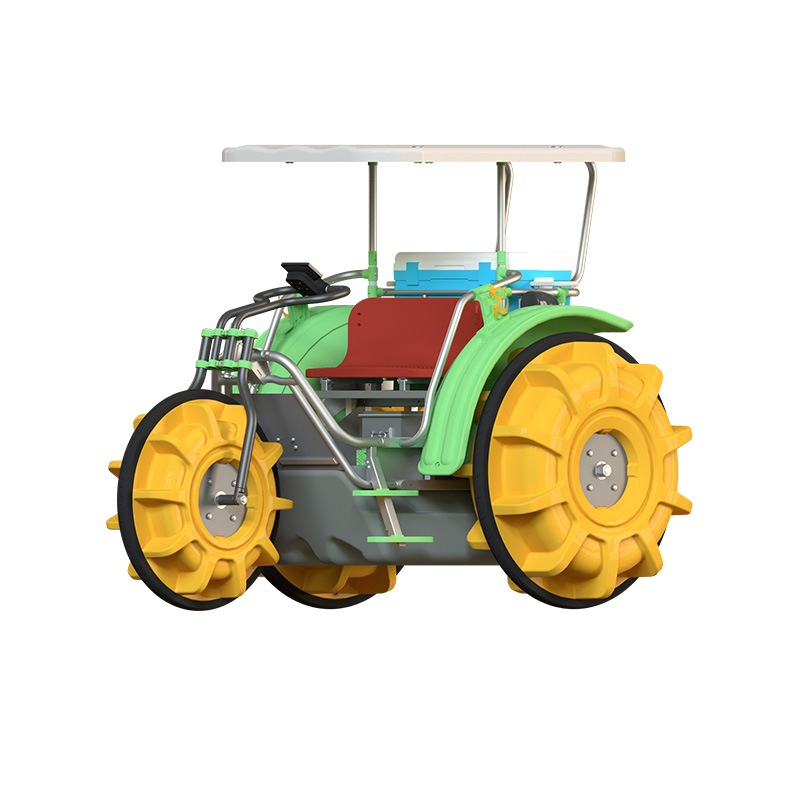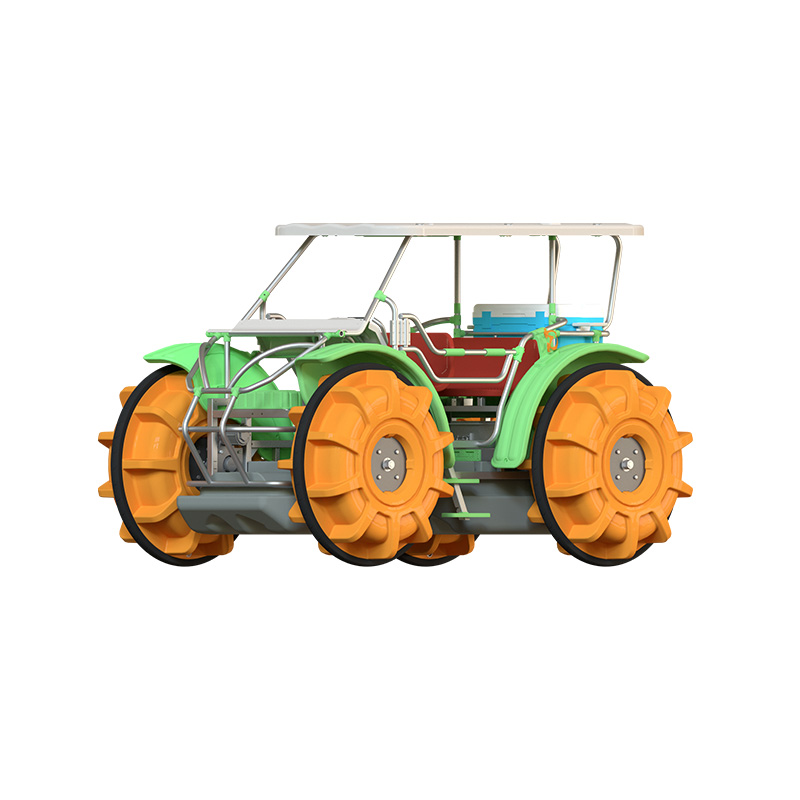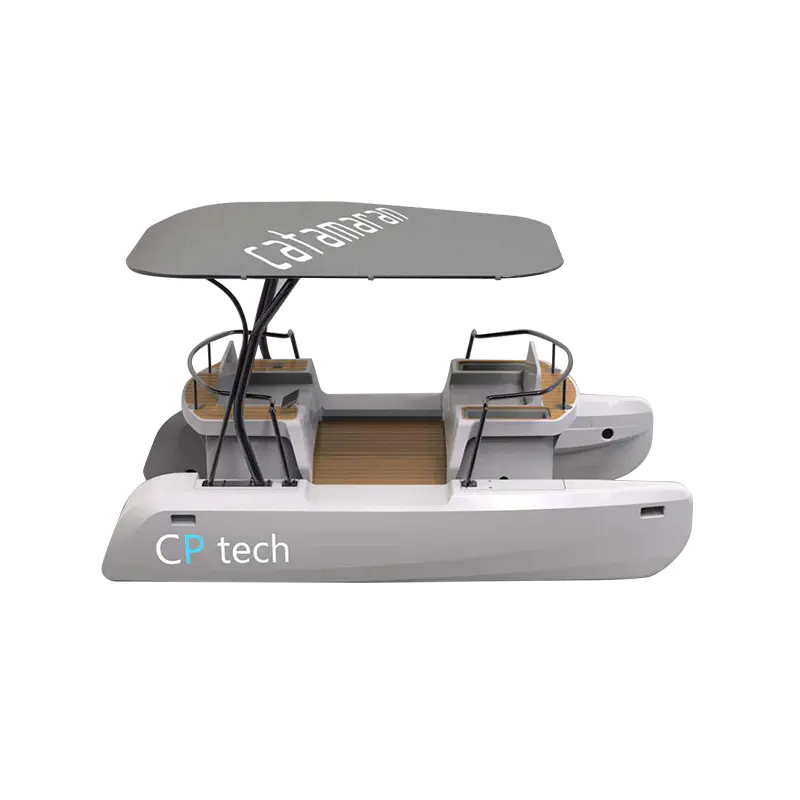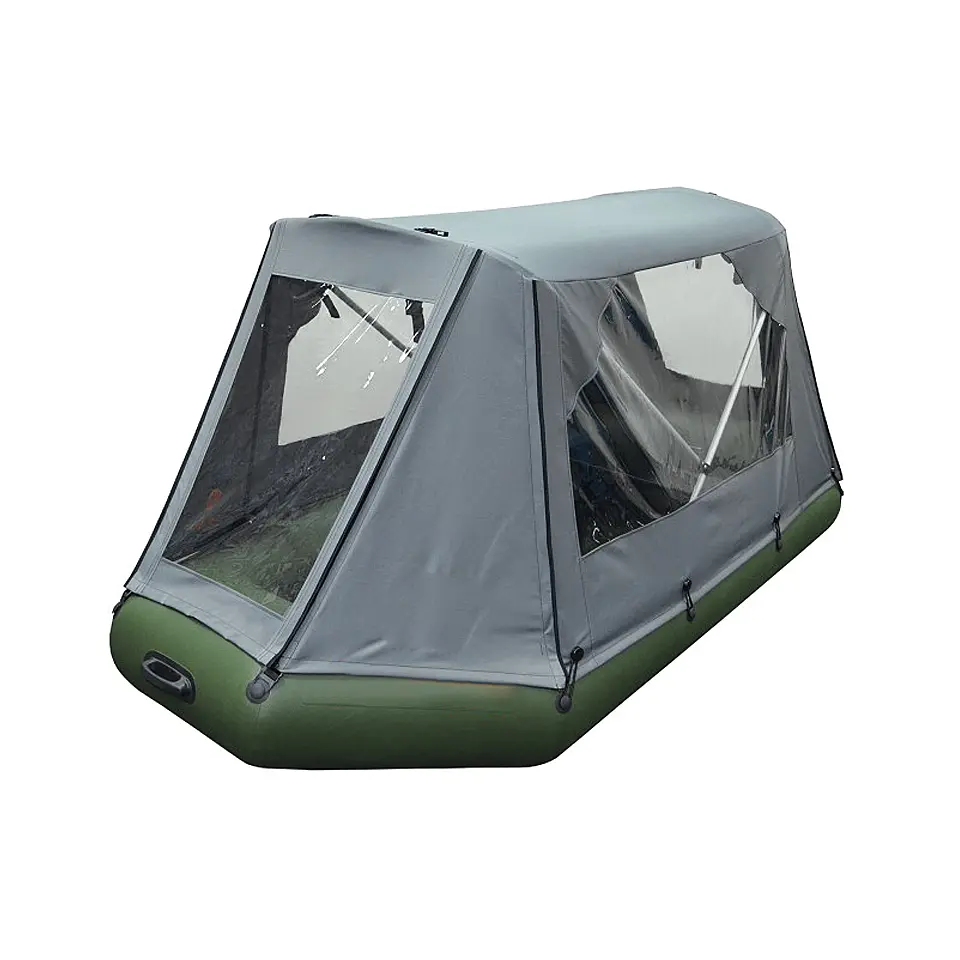Hydrofoil Jet Ski Boat: Merging Speed with Smooth Ride
2025-04-18
The rapid progression of marine propulsion technology, combined with rising demand for sustainable and performance-driven recreational vessels, has led to the emergence of innovative watercraft such as the hydrofoil jet ski boat and the electric water ski boat. These two types of boats reflect the evolving nature of water-based recreation, where efficiency, environmental responsibility, and rider experience are increasingly prioritized. Though different in design and function, both hydrofoil jet ski boats and electric water ski boats are representative of the direction in which personal watercraft development is moving.

The hydrofoil jet ski boat integrates the agility and excitement of a traditional jet ski with the lift and efficiency of hydrofoil technology. A hydrofoil is a wing-like structure mounted beneath the hull, which lifts the vessel out of the water as it gains speed. This reduces drag significantly and allows for smoother, more efficient movement across the surface.
Unlike traditional jet skis that skim directly across the water's surface, the hydrofoil jet ski boat achieves partial elevation once it reaches a certain speed threshold. As the hull lifts, the reduced water contact lessens wave impact, creating a smoother ride even in choppy conditions. This design not only enhances rider comfort but also improves fuel or battery efficiency due to decreased resistance.
The propulsion system in hydrofoil jet ski boats is jet-based, using a high-pressure water stream for thrust and steering. This closed propulsion system is safer for users and wildlife alike and allows for operation in shallower waters without the risk of damaging a propeller.
The electric water ski boat is another significant development in the realm of eco-conscious and performance-oriented marine craft. Designed specifically to tow skiers or wakeboarders, this type of boat must balance torque, acceleration, and hull stability—all while running on electric power.
Powertrain and Performance Capabilities
Unlike traditional gas-powered ski boats, the electric water ski boat employs an electric motor connected to a direct drive or inboard propulsion system. These motors provide instantaneous torque, which is particularly beneficial for water skiing where rapid acceleration is required to pull a skier from a stationary position.
Many electric water ski boats are powered by lithium-ion battery packs, with capacity sufficient to support typical recreational sessions. Advances in battery technology now allow for consistent output, reduced charging times, and greater cycle durability, making electric propulsion a practical option for water sports.
Environmental and Noise Considerations
One of the noticeable advantages of the electric water ski boat is its quiet operation. Traditional engines produce considerable noise, which can be disruptive in natural environments or residential waterfronts. The electric motor's minimal noise output provides a more peaceful experience for both riders and bystanders, and contributes to less disturbance of aquatic life.
Moreover, the absence of fuel emissions helps preserve water quality, an important factor in lakes and coastal zones where environmental impact is a growing concern. For ski schools, resorts, or private users who operate in environmentally sensitive areas, electric boats offer a sustainable and compliant solution.
Comparative Outlook and Market Potential
While the hydrofoil jet ski boat and the electric water ski boat serve different recreational niches, they both reflect similar industry priorities: efficiency, reduced environmental impact, and enhanced rider experience.
The hydrofoil jet ski boat appeals to individuals looking for personal, high-performance watercraft with improved ride smoothness and energy efficiency. Its compact design and ability to glide over the water with minimal resistance position it as a novel choice in the luxury and adventure markets.
On the other hand, the electric water ski boat is tailored for performance sports where torque and pull strength are essential. It offers an alternative to combustion engine boats that can meet performance requirements while aligning with sustainability goals.

 English
English  русский
русский  عربى
عربى 









